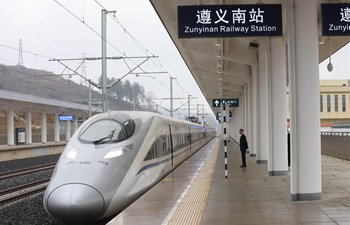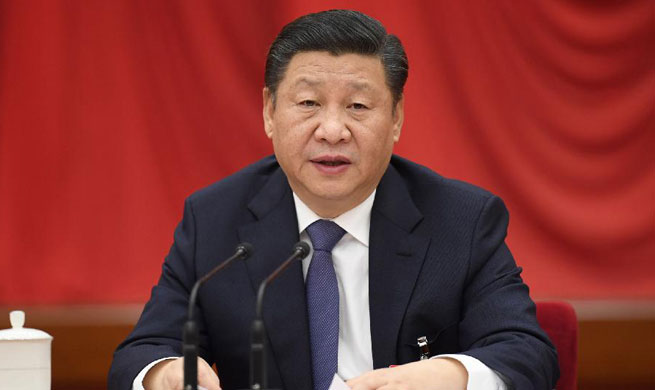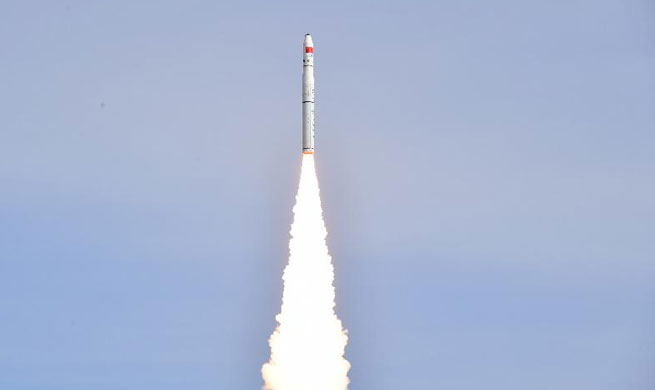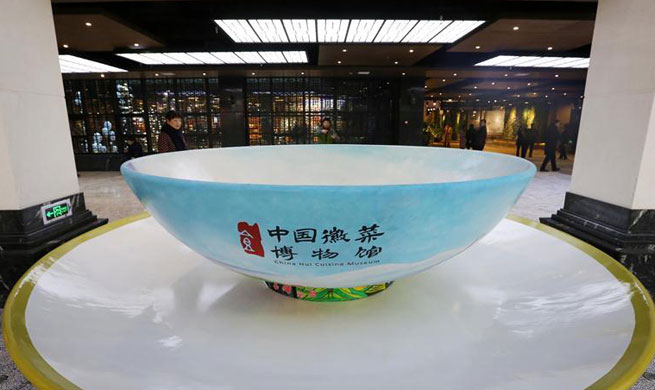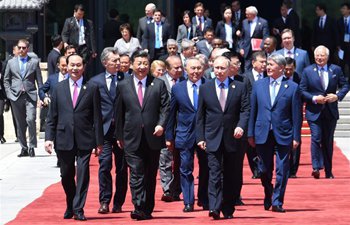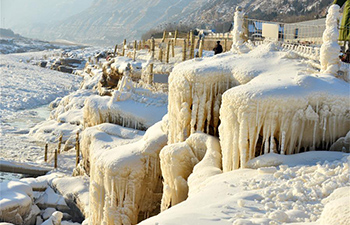VENICE, Italy, Jan. 19 (Xinhua) -- In ancient China, tradition has it that traveling ten thousand miles beats reading ten thousand books.
After 40 years of reform and opening up, with the Chinese economy bigger and people's income higher, travel is no longer a luxury for a few but rather a hobby for everyday citizens.
In 2016, 135 million Chinese visitors spent 261 billion U.S. dollars when they traveled abroad. Europe, according to researches, is the third most popular destination for China after neighboring Southeast Asia and East Asia.
With Friday's official opening of China-EU tourism year in Venice, more Chinese visitors will flock to Europe, and more Europeans will travel to the land of the panda.
The year is a unique opportunity to boost visitor flows and mutual investment. China and EU each has plenty to offer one another: long history, rich culture, scenic landscapes and warm hospitality.
Tourism, powered by hotels, restaurants, shops and attractions, supports a lot of local jobs. From business meetings to conventions to marketing campaigns, outreach by the tourism industry to the general public has been ongoing for decades.
There is every reason to be optimistic: the number of visitors is ever increasing; trade between China and EU is growing steadily; connectivity between the two has reached new highs.
Logistical and technical barriers will have to be overcome. For example, more flexible visa arrangements are desired. Payment by mobile phone, widely accepted by Chinese retailers, has yet to be adopted by European counterparts. Visitors are thronging places lesser known than Beijing and Shanghai for a more authentic local experience, where infrastructure still needs improving.
Of higher importance, however, is more than just the business aspect between the world's largest economic regions.
People-to-people exchange, which tourism facilitates, brings about openness, bonds of friendship and peace. It contributes to bilateral ties and global stability.
Marco Polo, a Venice local in the Middle Ages, traveled on the Silk Road and deepened understanding between China and Europe hundreds of years ago. With greater uncertainty in today's world, enhanced ties through sustainable tourism will further bridge the gap between the West and the East.









